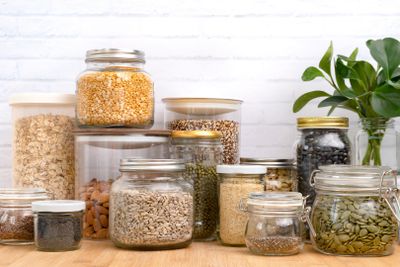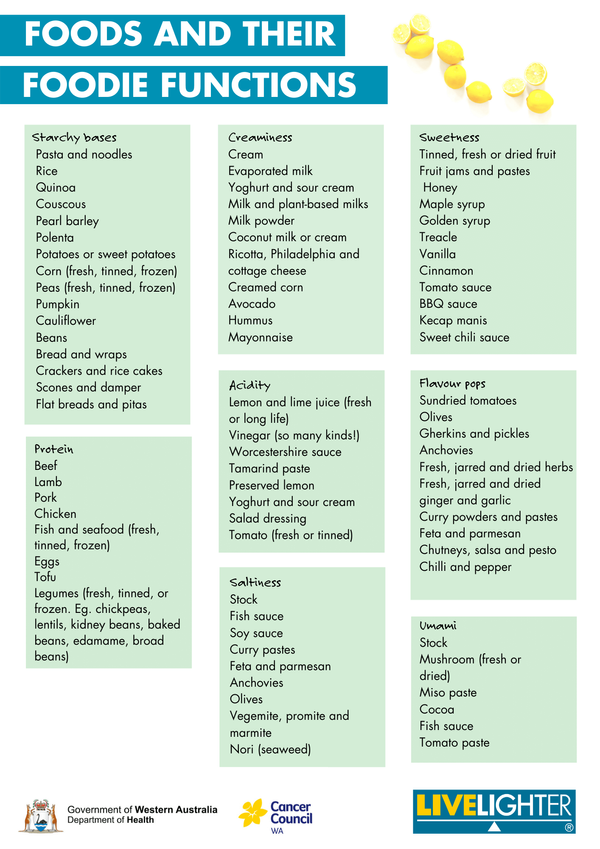Making do for dinner
by Anne Finch, Accredited Practising Dietitian for LiveLighter
- March 1, 2022
- Leave a comment
- WA
- Families
- Healthy eating
- Top Tips
- Cooking
- Shopping
- Fruit and Vegetables
- Meal Plan
- Budget Friendly
- Smart Swaps
- Main Meal

Photo by Kevin McCutcheon on Unsplash
The current shortages in WA supermarkets is not only making it difficult to find many of our usual items, it can also mean less chance to shop the specials to keep our food budget down.
With many of us feeling the pinch, we're sharing some tips to eat well during these tough times.
1. Take stock
Have a proper look in the fridge, freezer and pantry. That forgotten freezer meal or accidental creamed corn purchase might come in very handy! But you’ll never be able to put it to work if you don’t know you have it. While you’re there, give all the surfaces a wipe down with detergent or disinfectant. A tidy pantry makes it easy to see what you have available, and now is a great time to get things squeaky clean.

2. Meal planning
Note: You may think that meal planning is not for you. I didn’t think it was for me, either. But to use what you have efficiently, IT IS ESSENTIAL. Just give it a little go…try jotting down ideas for your next 3 dinners. Are you in? Let’s go!
Once you’ve taken stock of what you have, figure out what you need to use up first. This is probably going to be foods with a short shelf life. Meat, lettuce, fresh herbs, bananas, tomatoes, bread and milk are some common ones. Whip out cookbooks, browse online or check out the LiveLighter recipes to find ideas that will make use of your perishable foods. Pick your favourites and plan when you’re going to cook them. We’ve got a handy meal planning template over here.
While you’re planning – aim to make one of your meals a bigger cook-up. Then either freeze into portions, or eat some for lunch or dinner the next day. For more meal planning tips, click here.
With the current shortages it’s important to be flexible with your meal plan… which leads us to point 3.
3. Smart swaps
If you’re getting frustrated because you can’t find a specific ingredient for the recipe you’ve decided to cook, first take a deep breath. Recipes are just made up – and you – yes you – can make one up too. Most of the time you can swap proteins (e.g. beef for chicken or tofu), starches (e.g. pasta for rice or barley) and mix and match your vegies. It (obviously) won’t be the same but it’ll probably still be good!
Pro tip: Don’t attempt baking swaps if you’re new at this. Baking is more complicated and less tolerant to swaps than main meal cooking!
The trick to swapping (or dropping) ingredients is understanding what job they’re doing in a dish, and finding something that you already have that can do the same thing. At the end of this blog you’ll find a list of jobs and foods that perform those functions – they might be interchangeable in your dish!
Pro tip: You can also just google “cooking substitute for xxxx”.
4. Taste and adjust
This is the fun part! To narrow it down, try asking yourself if it needs more sweetness, saltiness, acidity or umami (savoury-ness). If it’s balanced, but boring, add some flavour pops (see below). If it’s a real mess… drown the lot in your sauce of choice and learn from your mistakes.

More tips to eat well on a budget





